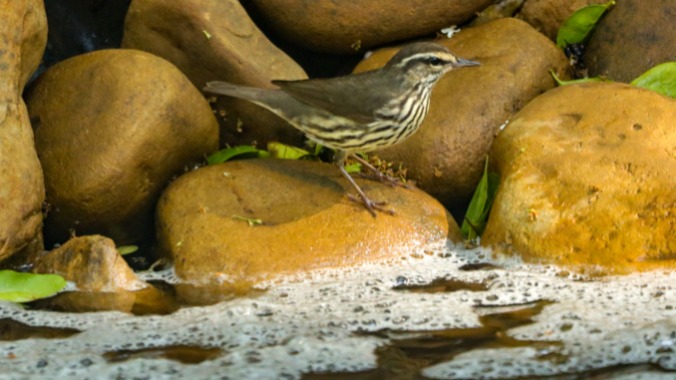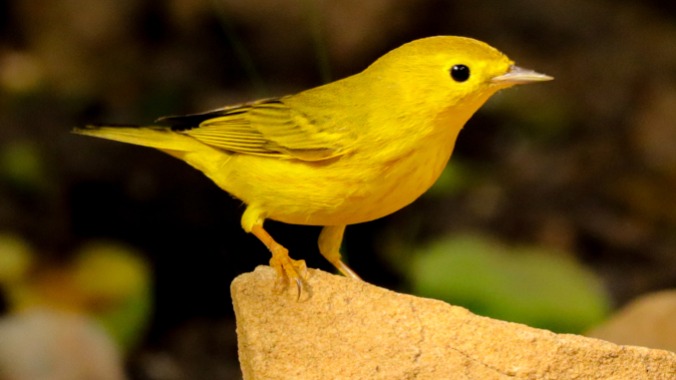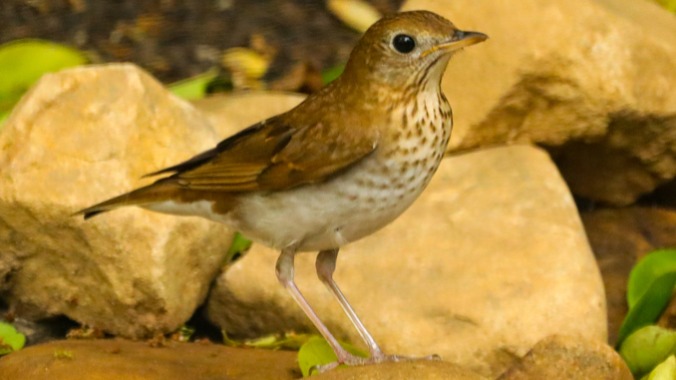Building a Backyard Waterfall
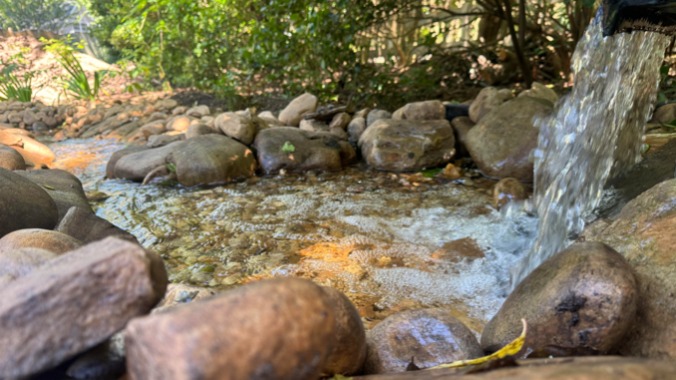
I have a stream in my yard, and I built it myself. I’m not particularly handy, and my urban backyard is tiny. But where there was once just grass and weeds, a waterfall now drops into a gravel basin and courses 15 feet into a three-foot diameter pool, where a pump delivers water back through an underground pipe to keep the falls going. This may be a sign of my age, but I can’t tell you how much joy this has already brought me in the months that it’s been flowing.
The inspiration—unsurprising to anyone who’s been around me the last few years—goes back to watching the birds. When the pandemic shut down our Paste headquarters in 2020, I set up an office by our bedroom window and quickly became fascinated with our backyard avian residents. Seeing a female Eastern Towhee and having no idea what it was got me paying attention to the different species I could see out the window. Pretty soon I bought a six-armed bird feeding contraption designed to outwit the neighborhood squirrels and put out a big plastic water dish.
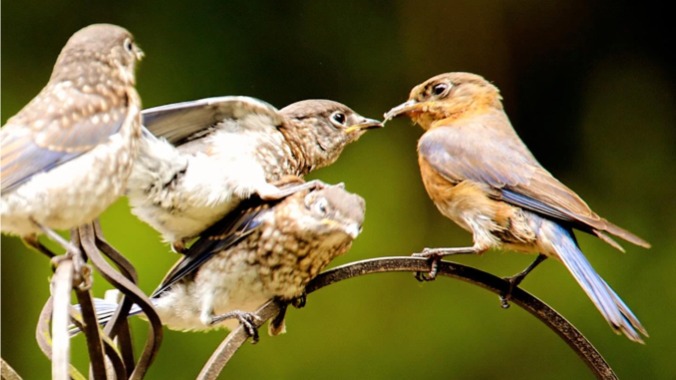
A couple dozen species have come to the feeder. The cardinals, nuthatches, finches, chickadees, titmice, wrens and blue jays love the nuts and seeds. The woodpeckers and pine warblers appreciate the nut butter and suet. A new family of bluebirds have appreciated the mealworms—mom and dad feeding the four fledglings who know enough to come to the feeder, but not how to actually put the dried grubs into their own mouths. And, of course, the hummingbird feeder attracts our native ruby-throated hummingbirds. In the winter and brief windows of migration, we get an even wider variety.
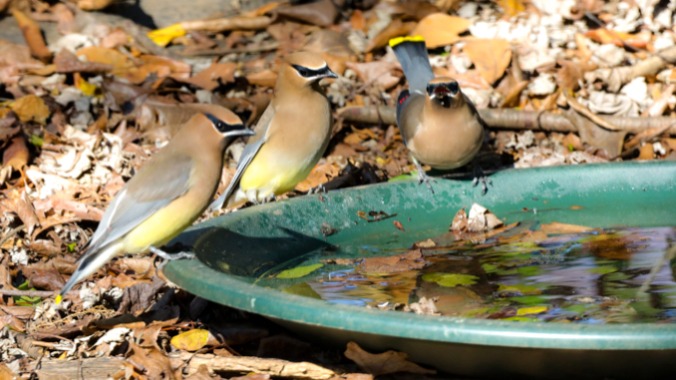
But there are scores of other birds that can be found in Atlanta that aren’t interested at all in my store-bought bird feed. Most birds are insectivores and spend their waking hours gleaning bugs off leaves high in the trees or among the leaf litter on the ground. But even those more secretive birds appreciate a drink and a bath. My little plastic dish provided both for a variety of warblers, cedar waxwings, even a young Cooper’s hawk that had scared away everyone else before getting his feathers all clean and fresh. Last summer, before fall migration had really begun, I was shocked to see a female cerulean warbler taking a water break as I was typing away inside. I’d only ever seen them through binoculars way up high in the treetops.
But the stream idea came from another Georgia birder, who I followed on Instagram but still haven’t met in person. Richard Hall is an assistant professor of ecology at the University of Georgia and he would post photos and videos of the birds who visited his stream. I’d assumed he lived on some huge acreage with a natural creek running through it. When I found he’d built it in the middle of Athens, I realized I could do something similar. Earlier this year, I started digging.

Backyard before the stream

Backyard after the stream
And that’s the majority of the work in building a stream—lots of digging. The pool at the end of the stream is deceptively deep. The rock floor sits atop two 31.5 gallon plastic MatrixBlox from Half Off Ponds, along with a bigger pump casing. The pump has to sit in the deepest part of the reservoir, nearly four below the water surface. In all, I estimate there are a couple hundred gallons of water in the system. It took a couple weekends to get the reservoir dug, and a big thank you to the neighbor who saw me struggling through the roots and rocks and brought me a giant pickaxe.

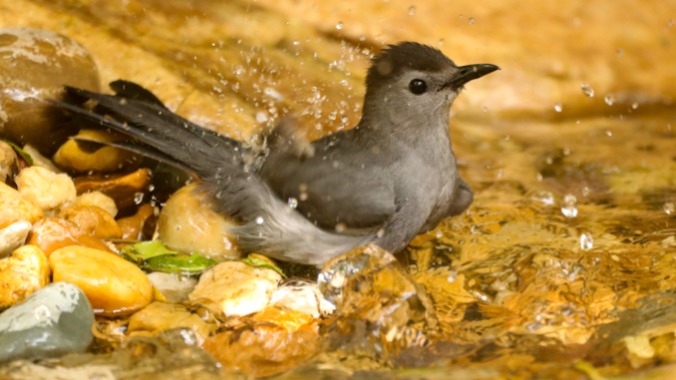
From there, digging the path up to the waterfall was easy by comparison. I bought a pond free waterfall kit from Half Off Ponds that included the liner, pump, waterfall well and hose and added a couple of the MatrixBlox. I’d already torn up my yard with the plan to replace all my grass and invasive privet and English ivy with native plants to encourage the local wildlife to visit. I ordered a pallet full of varyingly sized rocks from a local supplier and began shaping my stream.
-

-

-

-

-

-

-

-

-

-

-

-

-

-

-

-

-

-

-

-

-

-

-

-

-

-

-

-

-

-

-

-

-

-

-

-

-

-

-

-



